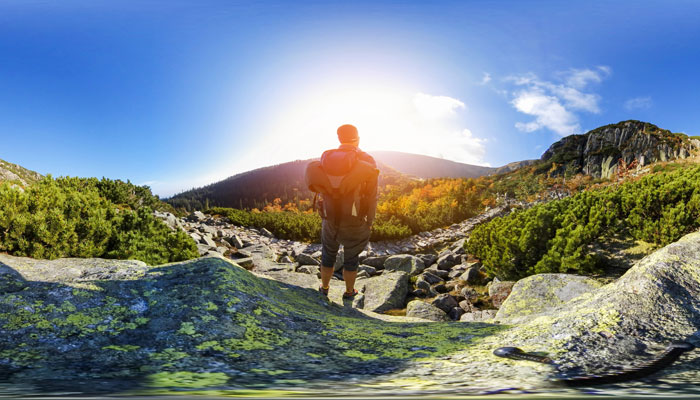The Appalachian National Scenic Trail, also simply called the Appalachian Trail, is one of the longest and most famous trails in the U.S. It’s found in the Eastern United States, and extends about 2,200 miles between Georgia and Maine, making it the longest hiking-only trail in the world.
More than 2 million people hike on at least part of the trail each year. With a trail so popular, it’s understandable if you’re hoping to hit the trail for the first time. Like most things, though, it may take some practice.
Here are some tips if you’re new to the Appalachian Trail, and are hoping to conquer it.
Start Slow
Although about 3,000 people a year try to complete the entire trail in a single year, this isn’t a feasible starting point. It is best to start with shorter, less taxing trails first. Start working toward longer, more difficult trails, until eventually working your way up to being able to complete the Appalachian Trail in its entirety.
Do Your Homework
Make sure that you take the time to research the trail you want to visit, learning the exact location, length, and difficulty level. Knowing the start and end points, plus any side trails, obstacles, and difficulties can help you plan your hike based on your skill and experience level.
Without knowing what you’re getting into, you could be jumping into a potentially hazardous situation, risking getting lost, or having a bad hiking experience.
Stay Hydrated
This might be one of the most important tips you could receive about hiking. Especially if you’ll be hiking in warm weather, you should pay careful attention to staying hydrated. Remember that the average human can use a quart of water per hour on a hot day.
If you’re doing a multi-day hike, bring iodine pills or a water purifying device to get rid of bacteria that may be present in water. You can also boil water, but you have to make sure that you have plenty of fuel, because water should be at a rolling boil for at least one minute.
Keep Pests at Bay
Mosquitos, fleas, and ticks might be annoying, but they can also pose health risks. Mosquitos can carry diseases such as Zika virus, West Nile virus, Chikungunya virus, dengue, or malaria. Fleas can also carry diseases, like typhus, but can also carry something else: tapeworms.
Tick-borne diseases include Lyme disease, anaplasmosis, and rocky mountain spotted fever, among many others. Take the time to douse yourself in bug repellent, and also check yourself for ticks after a hike.
Keep Pets on a Leash
Your furry, four-legged friends are more than welcome in the park, as long as their on a leash. Leashes can protect wildlife and other hikers from pets, but more importantly, a leash can protect our furry friends from wildlife creatures like coyotes, raccoons, and snakes.
Don’t Share With Wildlife
Everyone should bring snacks to help keep themselves going, but it’s important to follow the park’s “Leave no Trace” policy. Pick up any leftover food and trash, and never leave any food out for wildlife to consume. Leaving out food will attract wild animals to the area.
Wildlife will otherwise leave people alone. In case that’s not enough of a reason for you to not leave food and food trash behind, you should also know that it’s illegal to feed wildlife.













Add comment